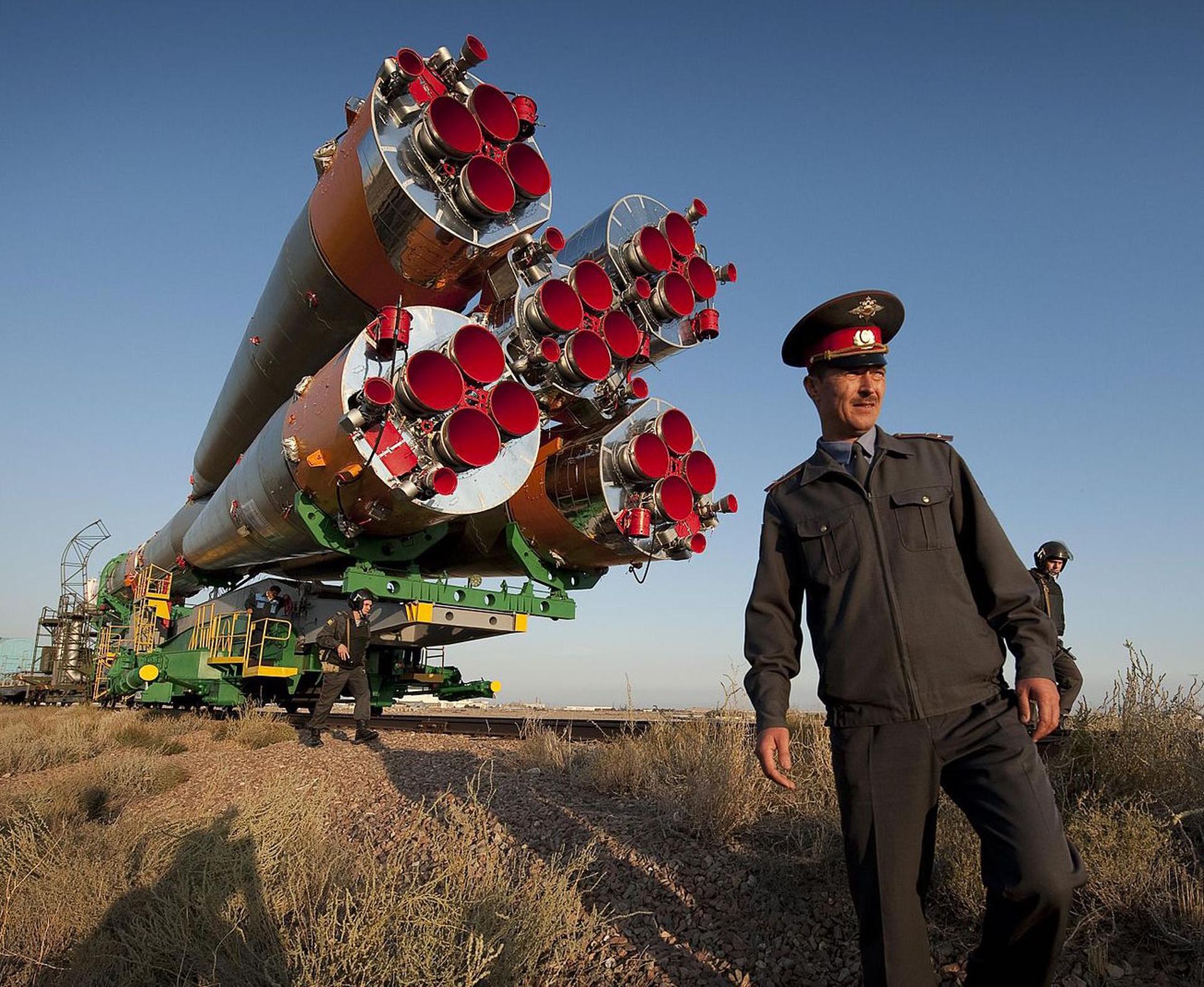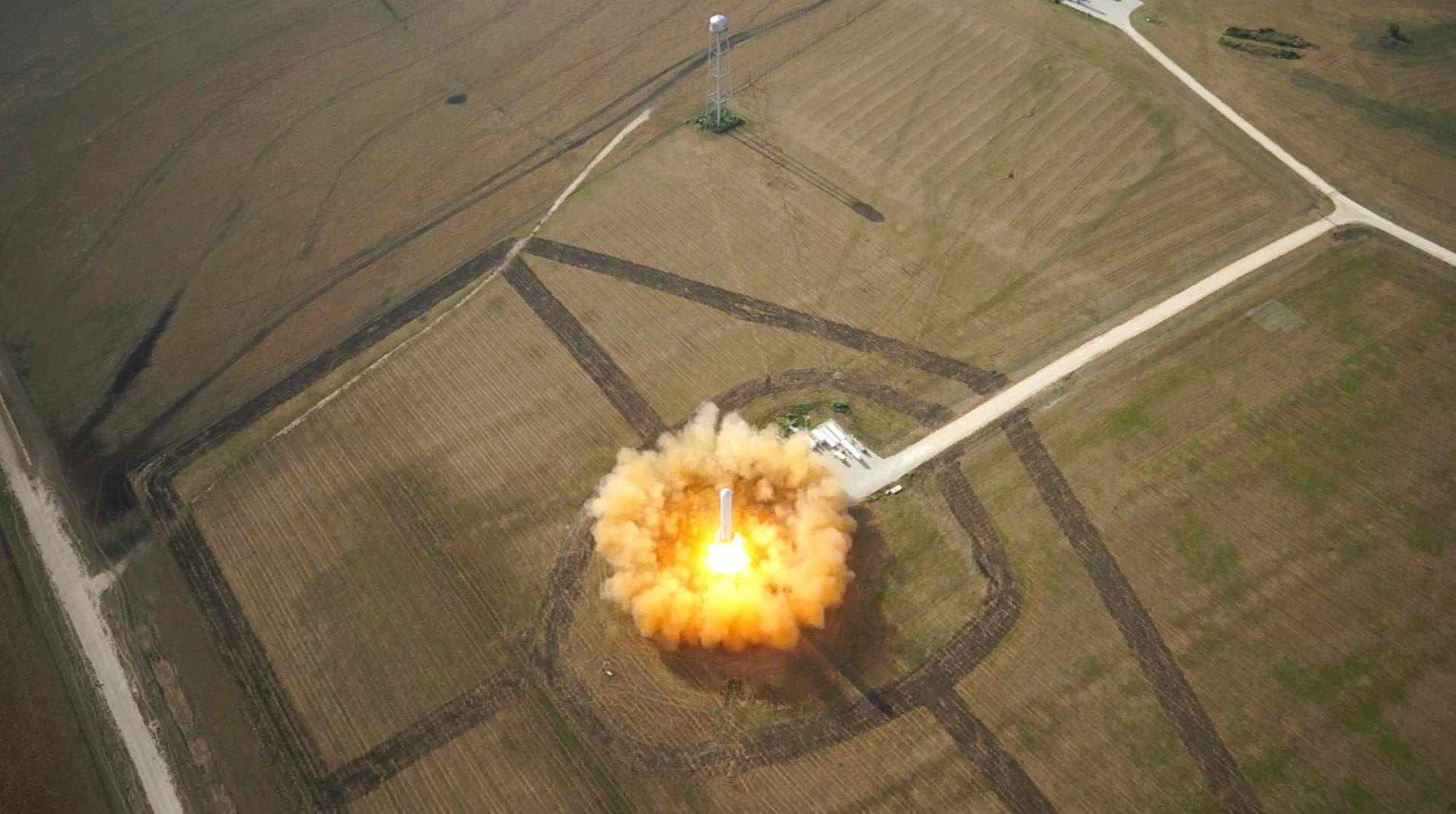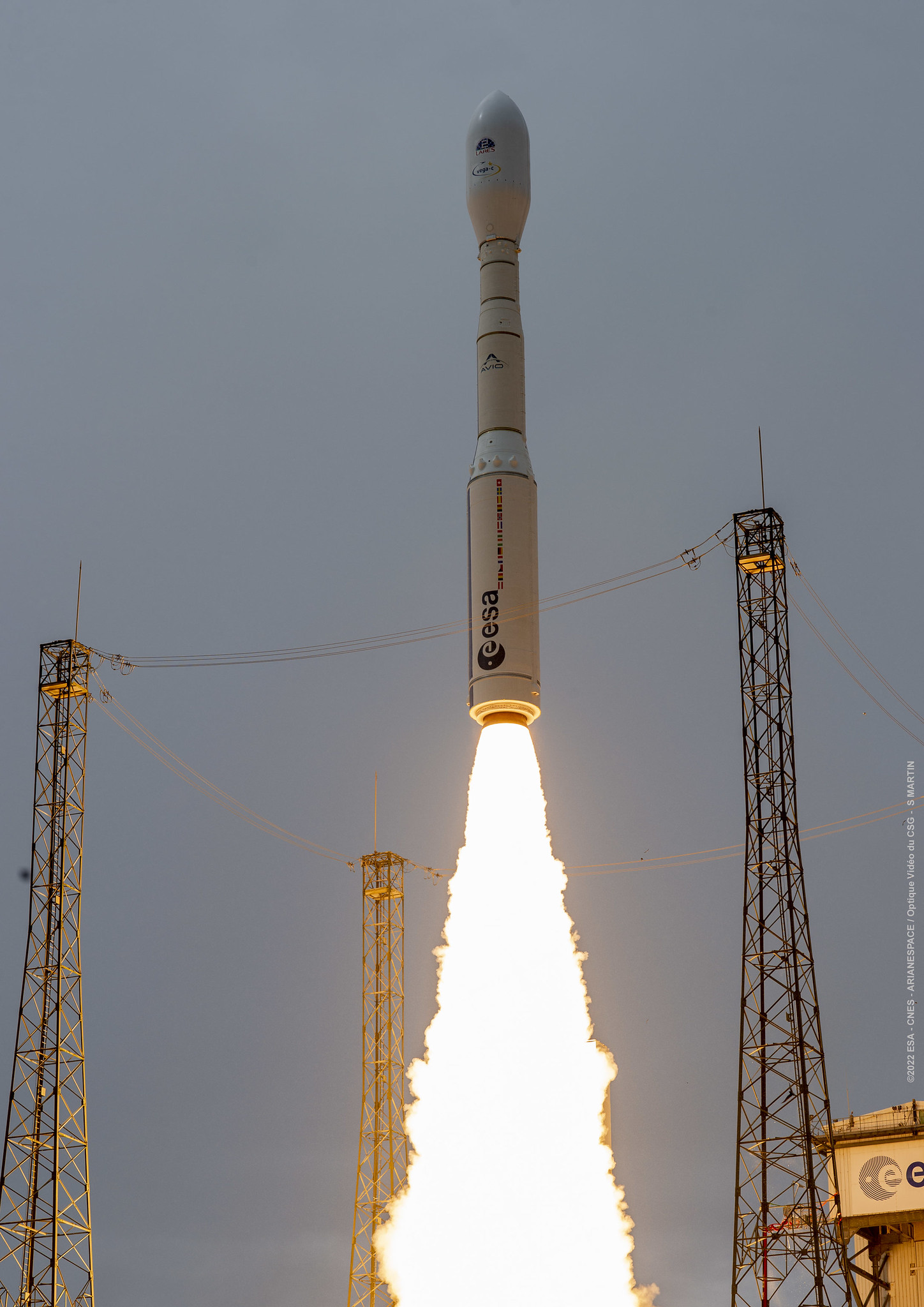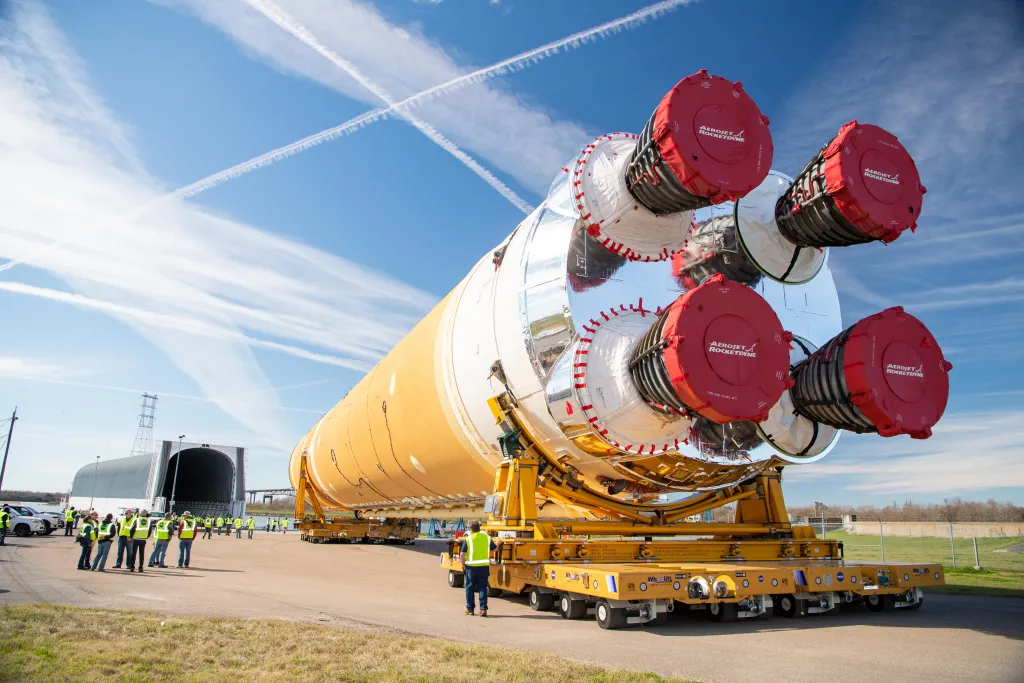· space brief · 6 min read
Space Brief 10 Jun 2025
Today's brief covers increased Space Force funding, a renewed focus on nuclear power in space, a proposed US missile defense system, new defense budget revelations, and NATO's call for increased air defenses.

📄Top Stories
In today’s space news, the House has unveiled a defense bill that significantly boosts Space Force funding, highlighting the importance of satellite tracking and defense in the modern era. Concurrently, there is a notable push towards utilizing nuclear power for space missions. Additionally, President Trump’s announcement of a nationwide missile defense system could reshape how missiles are tracked from space.
📰Detailed Coverage
Space Force Funding Boost
House appropriators have unveiled a new defense funding bill that significantly increases funding for the Space Force. This move aligns with the administration’s focus on enhancing space-based defense capabilities to address modern threats and improve satellite tracking.
The increased budget will facilitate advancements in technologies essential for monitoring and securing space assets, pivotal for both military and civilian satellite tracking initiatives. This enhancement underscores the critical role of satellites in national defense.
Read the full story: SpaceNews
Nuclear Power: The Next Frontier in Space
Space exploration might soon see a transformation with a renewed push for nuclear energy in space missions. The concept, which echoes the vision of President John F. Kennedy, involves using nuclear propulsion for deeper and more efficient exploration beyond Earth.
Adopting nuclear technology could revolutionize how spacecraft are powered, providing long-term energy solutions that are currently unattainable with conventional technologies. This development is a crucial step forward for ambitious exploration missions that require extended operational lifetimes and capabilities.
Read the full story: SpaceNews
The Golden Dome Missile Defense System
A potential game-changer, the Golden Dome is President Trump’s proposed missile defense initiative designed to shield the US from aerial threats. By integrating cutting-edge technologies, this system aims to track and neutralize missiles efficiently.
The system’s design reflects a sophisticated network of ground-based and space-based components, leveraging satellite data to enhance defense readiness. This underlines the growing interplay between national defense and satellite surveillance capabilities.
Read the full story: Space.com
Pentagon’s Next-Gen Systems Budget
An exclusive look into the Pentagon’s budget reveals significant allocations for next-generation systems slated for FY26. These funds are directed toward Research, Development, Test, and Evaluation (RDT&E), highlighting an ongoing commitment to maintaining technological superiority.
Investments focus on innovations in satellite communications and tracking systems, which are integral to maintaining secure and reliable defense operations. The unveiled plans will likely enhance comprehensive capabilities and systems critical to space-based defense missions.
Read the full story: Breaking Defense
NATO’s Call for Enhanced Air Defenses
NATO calls for a substantial increase in air defenses to counter Russian threats, emphasizing the need for space-based detection and response systems. This expansion is crucial for maintaining secure airspace across Europe, with enhanced satellite capabilities playing a key role.
As NATO strengthens its defense infrastructure, the augmentation of satellite networks becomes imperative for providing real-time surveillance and reconnaissance. This expansion reflects broader trends in how international defense strategies depend on satellite technology.
Read the full story: Breaking Defense
🛰️Satellite Spotlight
- Satellite Name: HAIYANG-2D
- NORAD ID: 48621
- Launch Date: May 19, 2021
- Mission: This satellite is focused on oceanography, providing critical data for understanding ocean conditions and supporting maritime operations.
- Orbit: LEO (Low Earth Orbit)
- Operator: GYZ/CASC
- Fun Fact: HAIYANG-2D is equipped with a dual-frequency altimeter that operates in both Ku and C-band, allowing it to gather precise data on ocean surface conditions.
Track this satellite in real-time on our web app: Track HAIYANG-2D
🌌Space Weather
Space weather conditions are currently quiet.
R0 - S0 - G0
Next 24 Hours: Satellite operators can rest easy as there is no risk of radio blackouts or solar radiation storms. Ground-based radar and telescope observations are not expected to be impacted, given the calm conditions. Satellite communication users will also benefit from stable conditions with no expected interference. Moreover, low Earth orbit (LEO) satellites will experience minimal drag effects, allowing for smooth operations during this period.
Beyond: Looking ahead from June 9 to July 5, 2025, solar activity is forecasted to increase with a chance for R1-R2 (Minor-Moderate) levels. This activity is attributed to multiple regions on the Sun’s disk and returning active regions. While no proton events are anticipated at geosynchronous orbit, users should remain vigilant as high levels of electron flux are expected between June 15-22, June 26-29, and July 2-4 due to recurrent coronal hole influences. Geomagnetic activity may reach elevated levels during this forecast period, with G1 (Minor) geomagnetic storms likely on June 9 and 13, and G2 (Moderate) effects anticipated on June 14-15. Operators managing satellite communications and LEO satellites should prepare for increased drag and potential disturbances around these dates, but the latter part of the outlook is expected to settle back to quiet to unsettled conditions.
🚀 Upcoming Space Launches
June 10
- SpaceX Falcon 9 Block 5:
- Starlink Group 12-24 from Cape Canaveral SFS, FL, USA (13:05 UTC) A batch of 23 satellites for the Starlink mega-constellation, SpaceX’s project for space-based Internet communication.
June 11
-
SpaceX Falcon 9 Block 5:
- Axiom Space Mission 4 from Kennedy Space Center, FL, USA (12:00 UTC) This mission will carry a professionally trained commander alongside three private astronauts to and from the International Space Station for a private company, Axiom Space. The crew will stay aboard the space station for at least eight days.
-
Rocket Lab Electron:
- The Mountain God Guards (iQPS Launch 3) from Rocket Lab Launch Complex 1, Mahia Peninsula, New Zealand (15:15 UTC) Synthetic aperture radar Earth observation satellite for Japanese Earth imaging company iQPS.
June 13
-
SpaceX Falcon 9 Block 5:
- Starlink Group 15-6 from Vandenberg SFB, CA, USA (01:46 UTC) A batch of satellites for the Starlink mega-constellation, SpaceX’s project for space-based Internet communication.
-
China Aerospace Science and Technology Corporation Long March 2D:
- Unknown Payload from Jiuquan Satellite Launch Center, People’s Republic of China (07:48 UTC) Details are TBD.
-
SpaceX Falcon 9 Block 5:
- Starlink Group 12-26 from Cape Canaveral SFS, FL, USA (11:45 UTC) A batch of satellites for the Starlink mega-constellation, SpaceX’s project for space-based Internet communication.
-
United Launch Alliance Atlas V 551:
- Project Kuiper (KA-02) from Cape Canaveral SFS, FL, USA (18:29 UTC) Project Kuiper is a mega constellation of satellites in Low Earth Orbit that will offer broadband internet access, managed by Kuiper Systems LLC, a subsidiary of Amazon.
June 17
- SpaceX Falcon 9 Block 5:
- Starlink Group 15-9 from Vandenberg SFB, CA, USA (00:51 UTC) A batch of satellites for the Starlink mega-constellation, SpaceX’s project for space-based Internet communication.
June 19
- Russian Space Forces Angara A5/Briz-M:
- Kosmos (Unknown Payload) from Plesetsk Cosmodrome, Russian Federation (03:00 UTC) Unidentified payload for the Russian military.
June 21
- SpaceX Falcon 9 Block 5:
- Transporter 14 (Dedicated SSO Rideshare) from Vandenberg SFB, CA, USA (00:00 UTC) Dedicated rideshare flight to a sun-synchronous orbit with dozens of small microsatellites and nanosatellites for commercial and government customers.
Note: Launch dates and times are subject to change due to technical or weather considerations.

Maurice Stellarski





